Beautiful Plants For Your Interior

How to Propagate Succulents from Leaves and Stems
Looking to add to your collection of succulents or spread the word about these alluring plants? Having the knowledge of how to propagate succulents will enable you to create new plants from stems and leaves, which is both satisfying and necessary.
Succulents have gained immense popularity in recent years, thanks to their unique shapes, vibrant colors, and low-maintenance nature. One of the most fascinating aspects of succulents is their ability to propagate from leaves and stems, allowing enthusiasts to expand their collections or share these beautiful plants with friends and family.
In this comprehensive guide, we will explore the step-by-step process of propagating succulents from both leaves and stems, as well as tips to ensure successful propagation.
Understanding Succulent Propagation
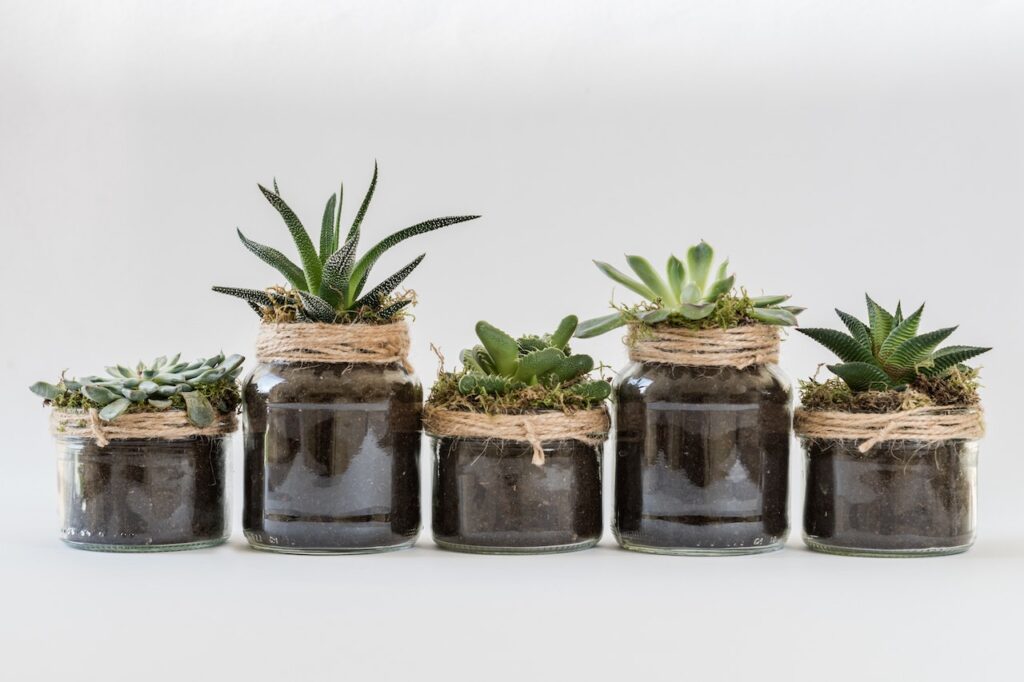
Before we dive into the propagation process, it’s essential to understand how succulents naturally propagate in the wild. Succulents have evolved a remarkable adaptation known as vegetative propagation, which enables them to grow new plants from leaves or stems without the need for seeds. This asexual form of reproduction ensures that succulents can thrive even in harsh environments with limited resources.
Propagating Succulents from Leaves
Step 1: Selecting Healthy Leaves
To begin the leaf propagation process, select healthy leaves from mature succulents. Look for leaves without signs of damage or disease. Gently twist or cut the leaves close to the stem, ensuring you have a clean break without harming the mother plant.
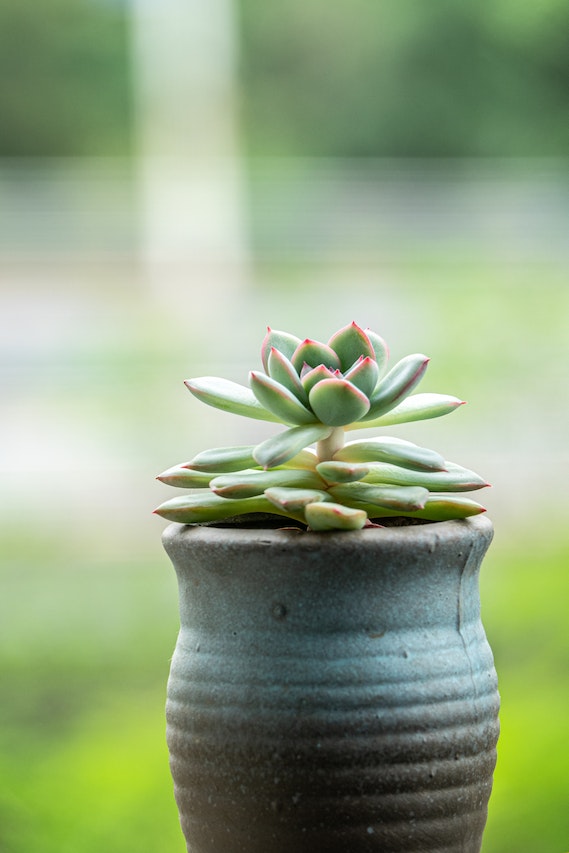
Step 2: Callus Formation
Place the severed leaves on a dry surface or paper towel in a warm and bright location, away from direct sunlight. This allows the wound to callus over, which prevents rotting during the propagation process. Let the leaves sit for about 1 to 3 days until they develop calluses.
Step 3: Rooting
After the callus forms, prepare a well-draining succulent mix (a combination of cactus soil and perlite or sand). Lay the callused leaves on top of the soil and lightly mist them with water. Keep the soil slightly damp but not waterlogged. Roots will gradually emerge from the callus, and new plantlets will form at the base of the leaf.
Step 4: Transplanting
Once the new plantlets have grown to a sufficient size with well-developed roots, gently remove them from the mother leaf and transplant them into their individual pots. Continue caring for them like mature succulents.
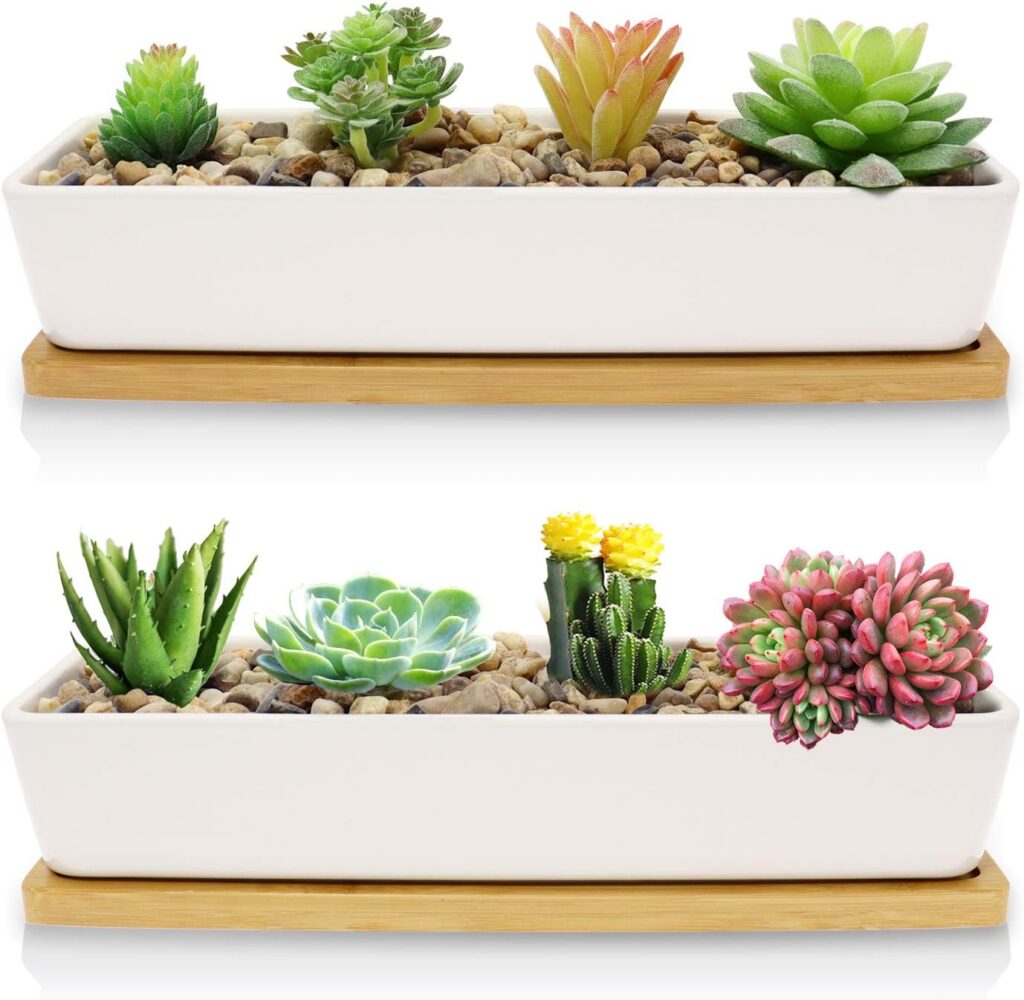
White Ceramic Succulent Propagator Pots
Farielyn-X 2 Pack White Succulent Planter Pots, 11.1 inch Long Rectangle Ceramic Plant Container with Bamboo Saucers, Mini Flower Cactus Pot Indoor Outdoor Home Garden Kitchen Decor, Plant not Include
Propagating Succulents from Stems
Step 1: Selecting Healthy Stems
Choose healthy stems with no signs of damage or rot from the mother plant. It’s best to use stems that have grown during the current growing season, as they have higher chances of successful propagation.
Step 2: Cuttings
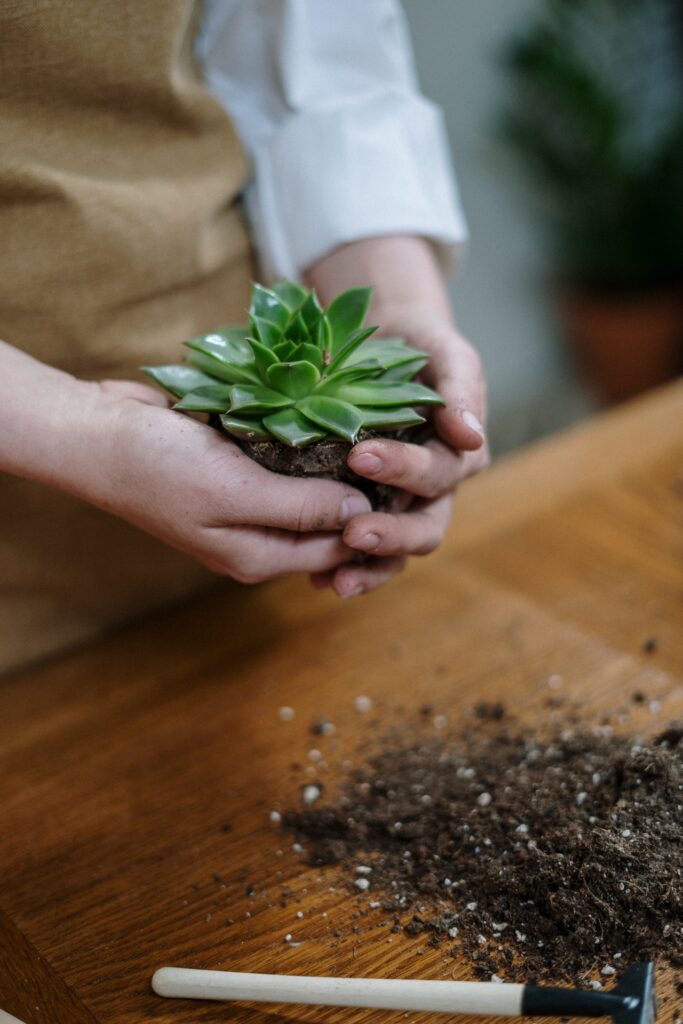
With a clean and sharp knife or scissors, take cuttings of about 3 to 5 inches in length. Ensure that the cuttings have at least two nodes—the points where leaves and roots develop.
Step 3: Callus Formation
As with leaf propagation, place the cuttings in a warm and bright location, away from direct sunlight, to form calluses. This process usually takes around 2 to 5 days.
Step 4: Rooting
Prepare a well-draining succulent mix and plant the callused end of the stem cuttings into the soil. Water the soil lightly and ensure it remains slightly moist without being soaked. Over time, roots will develop from the nodes, securing the cutting in the soil.
Step 5: Transplanting
Once the roots have grown sufficiently and the cutting shows signs of new growth, transplant it into its own pot with well-draining soil. Continue to care for it as you would with any established succulent.
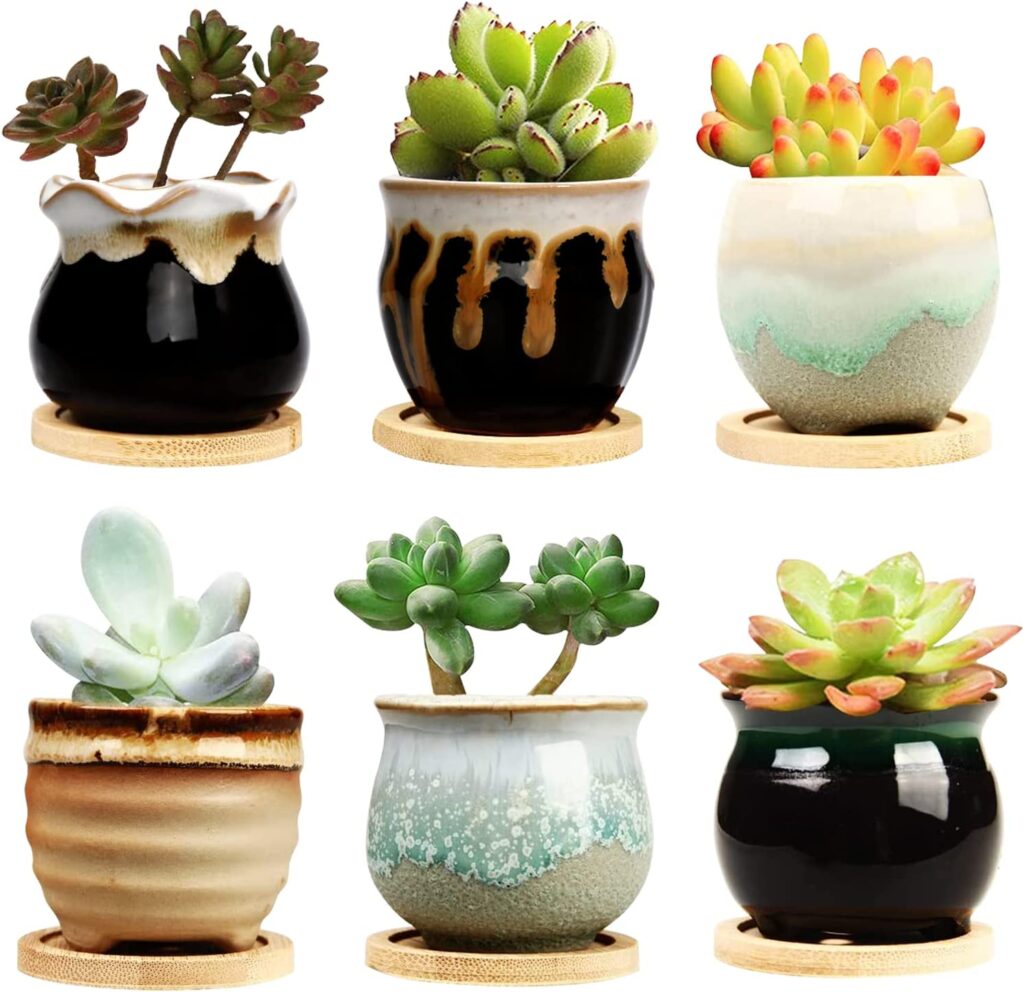
Ceramic Succulent Pot with Drainage for a Beautiful Urban Garden.
Brajttt 2.5 Inch Succulent Pot with Drainage, Planting/ Flower Pots, Small Planter for Mini Plant Ceramic Flowing Glaze Base Serial Set with Holes
Tips for Successful Succulent Propagation
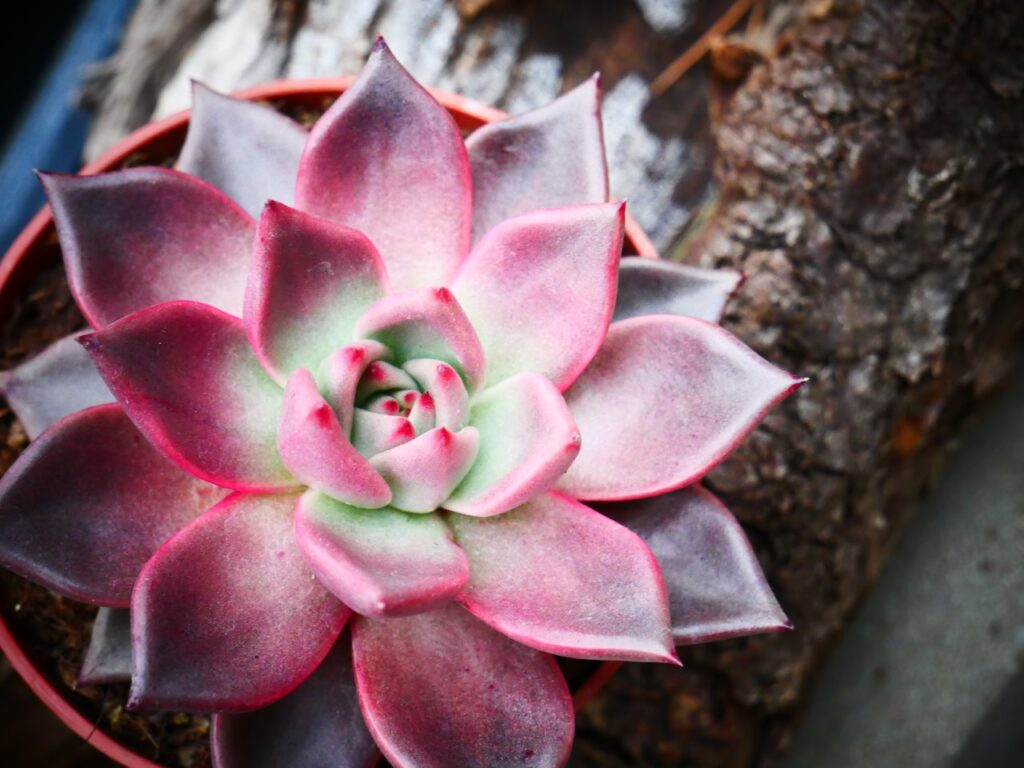
1. Temperature and Lighting: Succulents thrive in bright, indirect light and prefer temperatures between 60°F and 80°F (15°C and 26°C). Avoid exposing newly propagated succulents to intense sunlight or extreme temperatures.
2. Soil and Watering: Use a well-draining soil mix specifically formulated for succulents and cacti. Overwatering is one of the most common mistakes in succulent propagation. Water sparingly and allow the soil to dry out between waterings.
3. Patience: Propagation takes time, and it’s important to be patient. Some succulent species may take weeks or even months to develop roots and new growth.
4. Avoid Leaf Rot: Make sure the leaves or stems are fully callused before planting them. This prevents rotting and increases the chances of successful propagation.
5. Experiment and Learn: Succulent propagation is an art that requires practice. Experiment with different succulent species and techniques to find what works best for you.
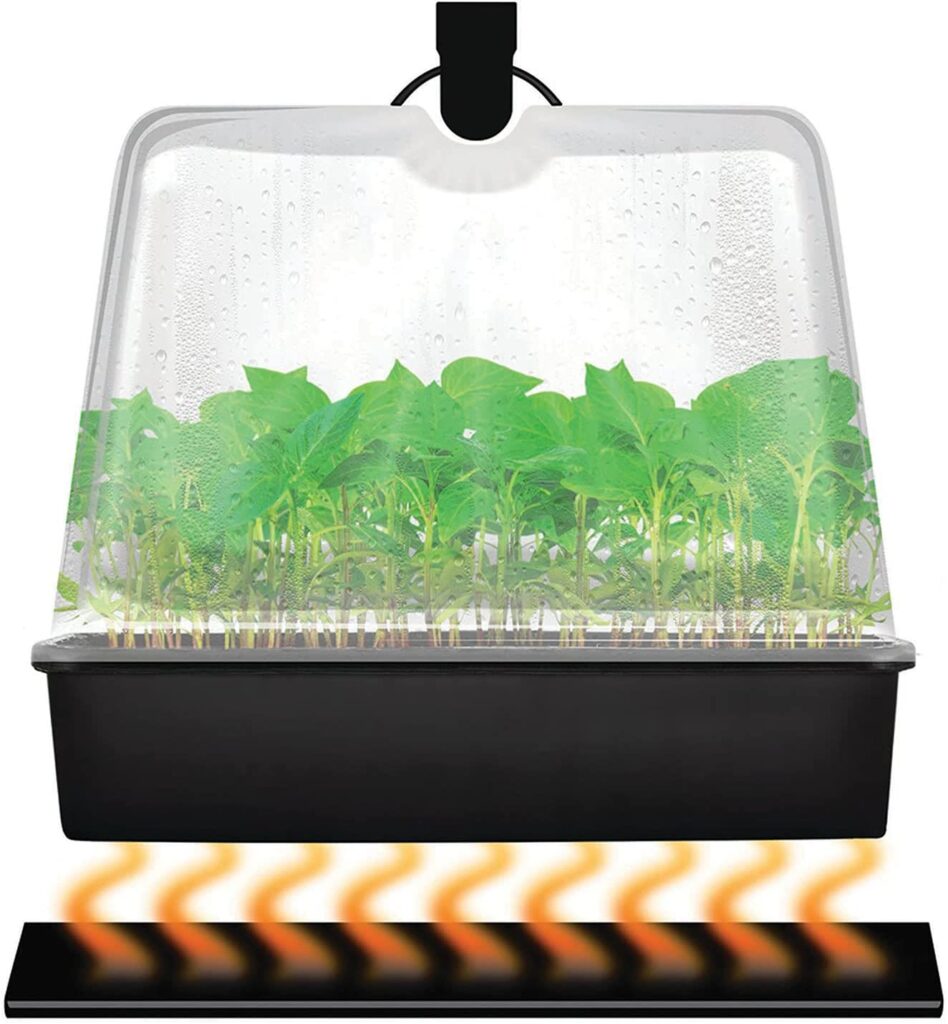
Succulent Propagation Tray
Super Sprouter Premium Heated Propagation Kit for Starting Seeds or Cuttings, Includes Heat Mat, Tray, Grow Light, and More
People also ask
-
How do I propagate succulents from leaves and stems?
To propagate succulents from leaves, gently twist or cut a healthy leaf from the parent plant. Let it callus over for a day or two, then place it on well-draining soil. For stem propagation, cut a healthy stem and remove the lower leaves. Allow the cut to callus before planting it in the soil.
-
What is the best time to propagate succulents?
Spring and summer are the best times to propagate succulents. During these seasons, the plants are actively growing, which promotes faster root development and overall success in propagation.
-
Which succulent species can be propagated from leaves and stems?
Most succulent species can be propagated using leaves and stems. Common examples include Echeveria, Sedum, Crassula, Graptopetalum, and many others.
-
How long does it take for succulent cuttings to root?
The time it takes for succulent cuttings to root can vary depending on factors like species, environmental conditions, and the time of year. Typically, it takes anywhere from 2 to 6 weeks for roots to develop.
-
How often should I water succulent cuttings during propagation?
During propagation, it’s essential to water the cuttings sparingly. Wait until the soil is completely dry before watering again, typically every 7 to 10 days. Overwatering can lead to rot and hinder root development.
-
Can I propagate succulents in water?
Propagating succulents in water is possible, but it’s not recommended for long-term growth. Water propagation can lead to weaker roots, and transplanting the cuttings into the soil may cause stress. It’s best to propagate directly in well-draining soil.
-
How do I care for newly propagated succulents?
Newly propagated succulents require special care. Place them in a bright, indirect light location and avoid direct sunlight initially. Water sparingly and ensure the soil is well-draining to prevent rot. Gradually introduce them to regular care once they have established roots.
-
Can I propagate a succulent that is etiolated?
Etiolated succulents (those stretched and pale due to inadequate light) can be propagated, but it’s best to remove the healthy top portion for leaf or stem propagation. The etiolated bottom part may not produce healthy offspring.
-
Why are my succulent cuttings not rooting?
Several factors can hinder rooting success, including overwatering, poor lighting, low temperatures, or using unhealthy cuttings. Ensure you are providing the right conditions and using healthy plant material for the best chances of success.
-
Can I use leaf cuttings that have fallen off the parent plant for propagation?
Yes, you can use fallen leaf cuttings for propagation if they are healthy and not damaged. Make sure to check for any signs of disease or rot before planting them in the soil.
-
What to do with succulent leaves that fall off
When succulent leaves fall off, let them callus for a few days, then place them on well-draining soil to propagate and grow new plants.
-
What is the Succulent propagation Timeline?
The succulent propagation timeline typically ranges from 2 to 12 weeks. It involves harvesting cuttings, allowing them to callus for a few days, planting them in soil, and waiting for roots and new growth to develop.
Bottom Line on How to Propagate Succulents from Leaves and Stems
In conclusion, mastering the art of how to propagate succulents opens up a world of possibilities for succulent enthusiasts. By following the simple yet effective techniques for leaf and stem propagation, you can multiply your succulent collection and even gift these resilient plants to friends and family. Embrace the joy of watching new succulents grow from leaves and stems as you continue to nurture your green thumb and deepen your connection with these mesmerizing plants.







